What ham to buy
How much money am I going to spend?
The seals of quality of Spanish ham.
The calado and tasting of the ham.
Remember these tips and don't let them fool you.
How much money am I going to spend?
There is a wide range of ham prices in the Spanish market. We can find Serrano ham from 40 € per piece (these prices tend to coincide with the hams of lower curing and lower quality) and we can also find acorn-fed Iberian ham above 4,000 € per piece (they are usually exclusive pieces of long curing that belong to special editions of some manufacturers). That is why it is important that we define our budget before carrying out our purchase.
To get an idea of what type of ham we can buy with our budget we leave you the following table of reference, with which we can get an idea of what are the minimum prices we can find. Any price below these references, should raise serious questions about the quality of the product or the legal provenance of it.
The prices in the following table coincide with the hams of lesser curing and therefore the hams of lesser quality. All the prices above those marked in this table, will allow us to see in what level of quality is the piece that we are going to buy.
|
Serrano Ham (minimum prices: they coincide with the least cured ham) |
|||
|
Type of ham |
Healiing in months |
Price €/kg |
Ham 8 kg |
|
Cured ham |
6 – 9 |
>6 €/kg |
>48 € |
|
Serrano ham |
7 – 9 |
>6 €/kg |
>48 € |
|
Ham from the cellar |
9 – 12 |
>7 €/kg |
>56 € |
|
12 – 15 |
>8 €/kg |
>64 € |
|
|
> 15 |
>9 €/kg |
>72 € |
|
|
> 12 |
>10 €/kg |
>80 € |
|
One of the factors that will mark the final quality of the ham and ultimately one of the values for which the price will be set (€/kg), will be the months of curing the ham.
Bear in mind that you can find in the market a Gran Reserva Ham or a Duroc Ham with more than 24 months of curing. They are hams of great quality, even better than some badly called Iberian, but obviously you will not find a Gran Reserva Ham or a Duroc with 24, 25 or 26 months of curing for 8€/kg, it is possible that they are even quoted at double the price (16 or 17 €/kg).
The rates on the table are for the lowest quality cured hams. Any rate above those fixed in the table, will allow us to see at what level of quality is the ham we are going to buy.
|
Iberian ham (minimum prices: they coincide with the least cured ham) |
|||
|
Type of ham |
Healing in months |
Price €/kg |
Ham 8 kg |
|
24 – 40 |
>18 €/kg |
>144 € |
|
|
24 – 40 |
>21 €/kg |
>168 € |
|
|
50% – 75% ibérico |
24 – 48 |
>37 €/kg |
>296 € |
|
20 – 60 |
>47 €/kg |
>376 € |
|
As in the case of Serrano ham, an essential factor in determining the quality of the Iberian ham and which will influence its price (€/kg), will be the months in which the ham is cured.
In iberSPAIN we recommend that taking into account the maximum price you want to spend on your ham, invest that money in a ham with the highest number of months of curing (always taking into account other aspects that we will explain in this guide).
|
REMEMBER: As a general rule: the higher the price, the higher the quality of the ham we are going to buy. The price of a ham in comparison with other hams of the same category (for example: Jamón Gran Reserva), (for example: Gran Reserva Ham), will allow us to see the quality level of the piece we are going to buy. |
The seals of quality of the Spanish ham:
Any European Union quality seal certifying a Protected Designation of Origin or a Protected Geographical Indication (there is also the Traditional Specialty Guaranteed), will always be a guarantee of quality for the consumer, as in the case of both the PDO and the PGI, a Regulatory Council will have closely monitored the production process followed by the ham, so that it meets the requirements required to bear the seal, as well as ensuring that each PDO or PGI imposes its own requirements, which are usually more restrictive when it comes to ensuring the quality of the final product, than those required by the U.E.
Here you can see the stamps of the different Protected Designations of Origin that exist in Spain, guaranteeing the high quality of Spanish Ham:
Protected Designation of Origin:
| PDO REQUIREMENTS |
PDO SEAL |
|
Only Iberian ham or serrano ham, which is produced, transformed and produced in the same geographical area, may bear the seal of a PDO.
|
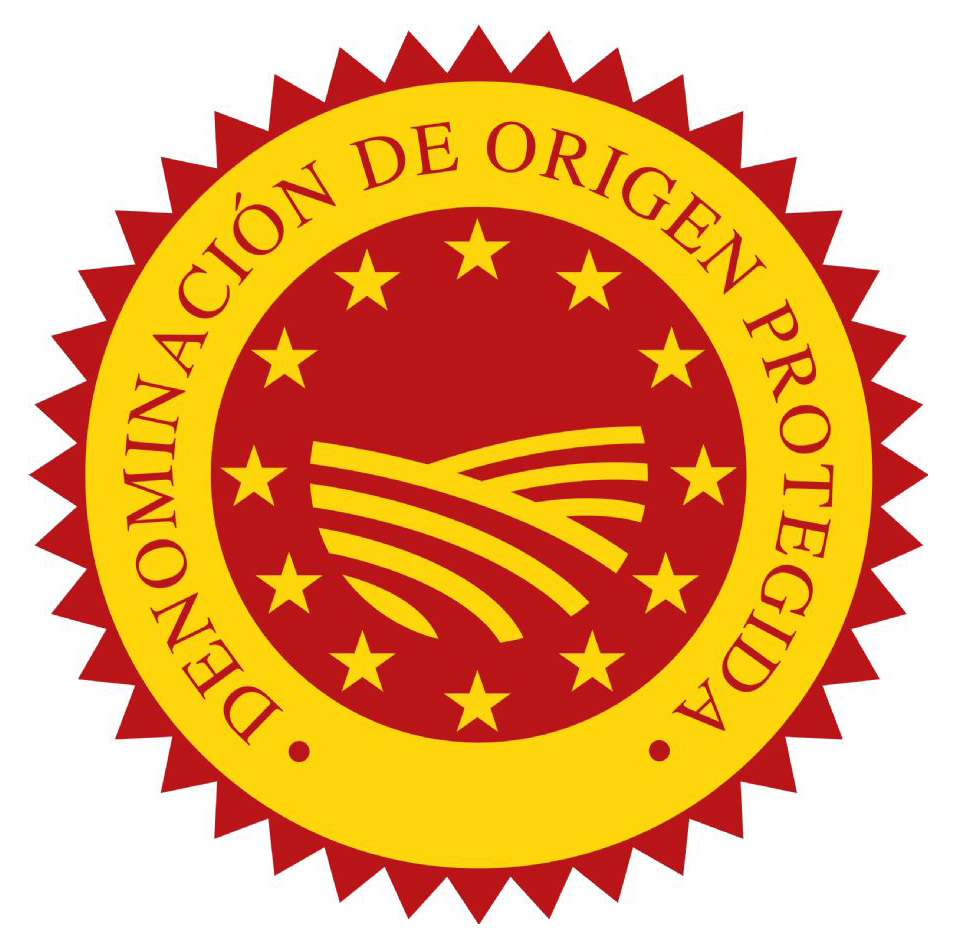 |
|
|
|
|
|
|
We now show you the Stamps of the different Protected Geographical Indications in Spain, guaranteeing the high quality of Spanish Ham:
Protected Geographical Indication:
|
PGI REQUIREMENTS |
PGI SEAL |
|
They can only bear the seal of an P.G.I. that ham, which is produced, transformed OR produced in the same geographical area. It differs from the P.D.O. in that it is not necessary for the three phases to be carried out in the same geographical area.
|
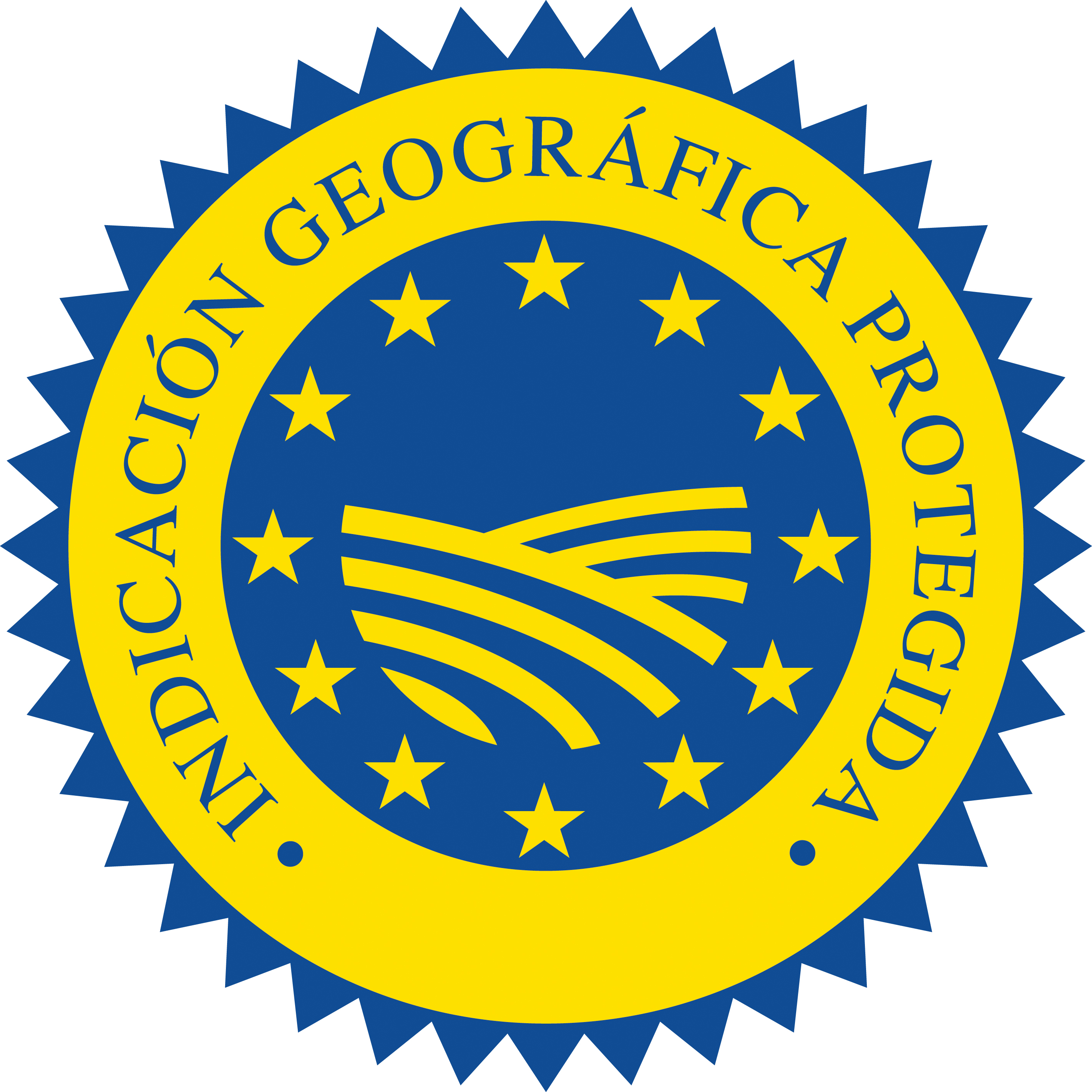 |
|
|
|
|
PGI Jamón de Serón |
You can also find in your ham a seal of Traditional Speciality Guaranteed.
Traditional Speciality Guaranteed:
|
TSG REQUERIMENTS |
TSG SEAL |
|
The T.S.G. does not refer to the origin of the ham, protecting only the composition of the product or a traditional way of production.
|
|
In addition to the different seals of quality of the Ham, established by the E.U. or by the own Regulatory Councils, all Iberian ham that fulfills the effective norm, to be catalogued as Iberian it will have to take in the leg a seal with a code of bars, that according to which color it is it will certify if it is a ham black leg (100% Iberian of acorn), a ham of 50 or 75% Iberian of acorn, a ham of field bait, or a ham of bait:
|
Type of Ham |
Seal Color |
|
Iberian Ham of Cebo |
White Seal |
|
Jamón ibérico de Cebo de Campo |
Green Seal |
|
Acorn-fed Ham 50% iberian Acorn-fed Ham 75% iberian |
Red Seal |
|
Pure Acorn-fed Ham 100% iberian (pata negra) |
Black Seal |
|
REMEMBER: A quality seal that certifies or guarantees the quality of the ham will increase our confidence when it comes to investing our money. |
The curing point of the ham:
The curing point is one of the key values to bear in mind when buying your ham. It will mark the difference between if a ham will be regular, good or very good. When a ham is bad, it is not due to its curing point, perhaps an inadequate curing point does not help the ham to be very good, but it will not be responsible for its bad taste (for example due to excess salt). This will always be due to other factors.
To determine the perfect curing point, it is important to know if we are going to consume the ham in a few days, in which case it is necessary that it has an optimum curing point, or on the contrary we will have it open for one or two months at home, in which case it will be preferable that it has a lower curing point, as the cutting surface will dry more quickly.
When we are going to consume the ham at home (in one or two months), it is preferable to buy a slightly tender ham, because although it will not have the same flavour and aroma as if it were at its optimum curing point, this is preferable to the cut surface drying out excessively and becoming difficult to cut and chewing harder or harder, almost without juiciness.
|
REMEMBER: To consume the ham at home, it is more advisable a slightly tender piece, than a ham at its optimum curing point. |
And now you will ask yourself... and how can I know the curing point of a ham if I am not an expert? The best thing to determine the optimal curing point of a ham, obviously is to have a lot of experience, but even without experience, in iberSPAIN we provide you with a reference table to easily determine when a ham should approach the optimal curing point. Remember that this table should be a point of reference and not a bible, as the curing of the ham will be influenced by various factors, such as the amount of fat in each piece or storage conditions (temperature, humidity, etc.) among others.
|
Table: months of curing according to weight and type of serrano hamo |
||||
|
Serrano Ham |
7 kg |
8 kg |
9 kg |
Interval marginal |
|
White Ham: Curad Ham Serrano Ham Bodega Ham Reserva Ham |
12 |
15 |
20 |
+ 3 months |
|
Long Curec White Ham: Gran Reserva Ham Duroc Ham |
18 |
23 |
30 |
+ 4 months |
How can I know the curing months of a Serrano ham? Through the MAPA seal (rom the Ministry of Agriculture, Fisheries and Food). Every ham must bear this seal, which is made up of a four-digit number. Legislation does not say how the ham should bear this seal, whether on a label or on the ham itself, but it is common to have it printed on the top of the rind, either with indelible ink, or on fire:
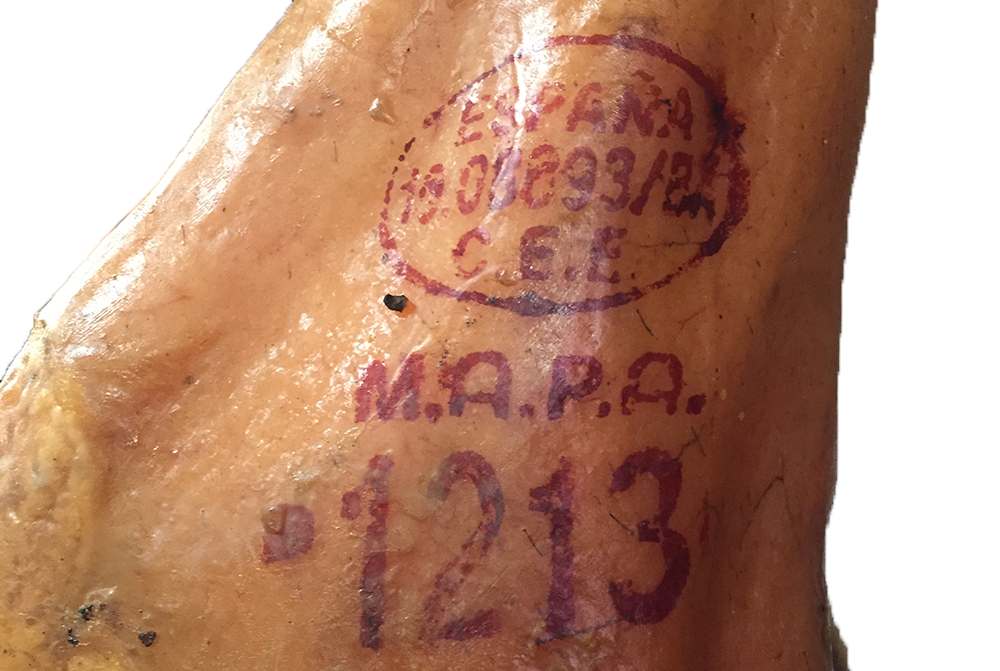
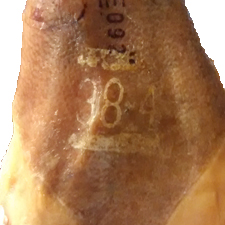
This control number reflects the date on which the ham begins the salting process, indicating the first two digits of the week of the year in which the process begins, and the last two digits of the year. Remember that a year has 52 weeks and a month has approximately 4 weeks and a half (a little less).
|
Table: months of curing according to weight and type of Iberian ham |
||||
|
Iberian Ham |
7 kg |
8 kg |
9 kg |
Interval marginal |
|
Jamón ibérico from Cebo |
24 |
30 |
36 |
+ 5 months |
|
Cebo de Campo Iberian Ham |
30 |
36 |
42 |
+ 5 months |
|
Iberian Acorn-fed Ham (50-75%) |
36 |
42 |
48 |
+ 6 months |
|
100% Acorn-fed Iberian Ham |
40 |
48 |
60 |
+ 8 months |
How can I know the curing months of an Iberian ham?
- Calculating it through the MAPA seal (Ministry of Agriculture, Fisheries and Food).
- From your mobile phone, through the free app of ASICI (Asociación Interprofesional del Cerdo Ibérico). With this app you will be able to read the bar code that every Iberian ham must have printed on its identification label (white, green, red or black), automatically reading it with the camera of your phone or manually entering the digits of the code, and will directly provide us with the following data on the ham:
- Barcode numbering.
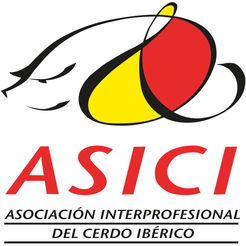
- Product Type: Ham / Shoulder
- Type of feed: Acorn-fed/ Field Bait / Bait
- Bred purity: 100% iberian / 75% iberian / 50% iberian
- Start date of the production process.
- The Autonomous Community of the Industry that makes the piece.
Download for Android: https://play.google.com/store/apps/details?id=quosei.com.jamoniberico
Download for Apple: https://itunes.apple.com/ng/app/ib%C3%A9rico/id1446264939?mt=8&ign-mpt=uo%3D2
|
REMEMBER: The curing time of a ham is closely linked to its quality. The longer the curing period, the better, tastier and more aromatic the final product and therefore the higher the quality, but also the higher the price. |
The appearance of the ham:
Visual aspect of the ham:
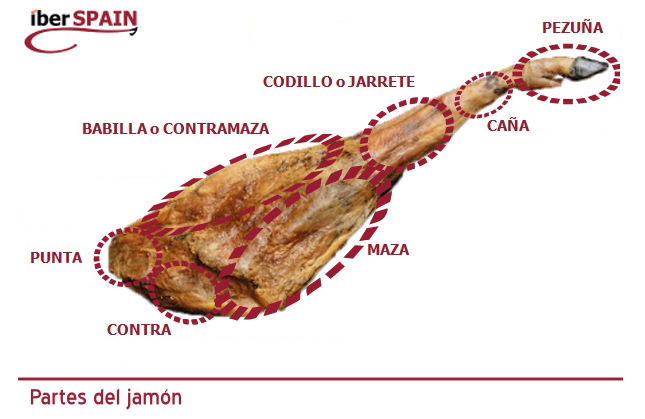
Although it may seem incredible, the visual aspect of a ham already gives us a series of data regarding the piece. We will be able to determine if it is a serrano ham (more rounded leg and wider reed) or an Iberian ham (more elongated and thin reed).
In the visual aspect there are also a series of myths about the color of the hoof, for example: "if it is black it is Iberian and if it is white it is not". Although the meat industry of the sector has made an effort to promote the production and marketing of Iberian pigs with the black hoof (for this false belief), in reality there are extraordinary Iberian hams with the white hoof, so this should not be decisive and not even taken into account when choosing your ham.
Duroc ham is a product more similar to Iberian ham, with finer reeds than any other ham from white pigs; in fact, it is the only breed with which the crossing of the Iberian pig is permitted by law, to obtain 50% Iberian ham and 75% Iberian ham. In addition one of its characteristics, is the ease it presents to infiltrate fat between the lean, as with the Iberian ham, which makes it a very juicy ham, and sometimes "easy" to confuse, by those less experienced, with an Iberian ham bait for its appearance, although its labeling will remove all doubt, as in the case of the Iberian there are a number of specific labels, which identify them as such.
REMEMBER:
|
Cebo Iberian Ham |
|
Cebo de Campo Iberian Ham |
|
Acorn-fed Ham 50% Iberina Acorn-fed Ham 75% Iberian |
|
Pure Acorn-fed Ham 100% iberian (pata negra) |
White pork ham has much less fat, but when we talk about Iberian ham, it is advisable to note that the ham has enough fat both in the area of the babilla and in the area of the maza, because otherwise, it could be too dry and difficult to chew in the mouth, in addition to having lost its juiciness.
|
REMEMBER: Iberian ham is thinner and more elongated and stylized than Serrano ham. |
The touch of the ham:
If, in addition to being able to see the ham you are going to buy, you have the possibility of touching it and checking your touch, it is advisable that you do so. Exert a slight pressure with your fingers at medium height both in the area where the ham is cut and in the area of the babilla (in the case of Iberian ham the amount of fat in the area of the babilla can lead to error), sliding your hand on both sides from the middle of the ham until you reach the knuckle or shank, at the same time that you make light pressure to check its hardness, both inside and outside the ham. It is important to note that there is not much difference in hardness between the inner face of the ham (the bone) and the outer face (the fat or rind), because if so, it would be a clear indicator that the curing process has been accelerated and therefore we would find a ham of poor curing and low quality. It is common to observe this characteristic in those hams that are cheaper, especially in many hams from white pigs (cured ham, serrano ham, cellar ham or even reserva hams).
The ham should not be excessively hard ("like a stone"), which would indicate an excess of curing, and therefore we would find ourselves before a dry piece and difficult to chew, nor should it be too soft, which would indicate that it lacks months of curing and would therefore present a flavor and aroma much less intense, which could turn an extraordinary ham into a simple ham of medium range.
When we are examining an Iberian ham, if we exert a somewhat stronger pressure with a single finger on the fat of the tip, we can also check whether it is an acorn ham, with a softer fat, in which it is easy to sink the finger, or if it is a ham bait, with a harder or compact fat.
|
REMEMBER: When you feel the ham, check that there is no difference in hardness between the inside (the bone) and the outside (the fat or bark). This would indicate an unnatural acceleration in the curing process, resulting in hams of lower quality. |
The perfect touch of the ham is probably the most difficult characteristic to appreciate by the consumer, for his lack of experience, so in iberSPAIN delegate the choice of the piece directly to the most qualified staff there is to feel a ham. All our hams are selected directly in the manufacturer's cellar by master ham makers, just before being sent to our customers. This is the only way to guarantee that in addition to selling the best hams in the world, we always keep them in the best possible conditions, in the same cellar in which they slowly age for years.
The calado and tasting of the ham:
The calado of the ham:
It is usual practice when we go to buy a ham, that the clerk pierces the piece and offers us the cove to smell it. This will allow us to check that the ham is not in a bad state, since if it were, the cove would give off a bad smell, but we will hardly be able to appreciate the point of salting or curing through the draught without the necessary experience and olfactory training.
The fretwork of the ham must be done in the bone, bridge or lid, in the area next to the hip joint, where you can easily see if the piece is in poor condition, and also in the area of the shank, on the inside of the ham, just below the skin, where you can see much of its nuances. There are other points of draught, but with making these two would be enough.
The tasting of the ham:
When tasting a ham, it is important to taste its interior, as the outermost areas of the piece have a higher salting point. At the same time that we taste the ham, we will not only pay attention to how good it is, we must pay special attention to the salting point, the ease of chewing, degree of juiciness, amount of fat, and so on.
If you prefer to remove the bone or cover to facilitate the cut of the ham (in iberSPAIN we discourage this practice), you can take advantage of that moment to taste the ham, otherwise a good option would be to taste a similar ham that is already open in the store.
Remember, these tips and don't let them fool you:
- Set the maximum price you want to spend on the ham. Prices can vary between €40 for the cheapest Serrano ham we can find in the market, and more than €4,000 for a single acorn-fed ham, in the case of some exclusive pieces.
- The E.U. quality seals as well as the seal of a Denomination of Origin or a Protected Geographical Indication are a guarantee of quality and should give you greater confidence when buying your ham.
- As a general rulel (although not always) the price of a ham in comparison with other hams of the same category (for example: Gran Reserva Ham), will allow us to see the quality level of the piece we are going to buy.
- The curing time of a ham is one of the best indicators when it comes to taking a reference on the quality that the product can offer us. Calculate the months the ham has been cured and compare it with other hams of the same category. the months the ham has been cured and compare it with other hams of the same category. The longer the curing period, the better, tastier and more aromatic the final product will be and therefore its quality will be higher, but its price will also be higher.
- Touch the ham with your hands and check that there is no difference in hardness between its inner and outer face. In the case of Iberian ham, pay special attention to the palpation of the babilla.
- For slow consumption at home (a ham usually lasts one or two months), it is advisable to buy a more tender ham and not at its optimum curing point.
- Not always a higher price, is an indicator of higher quality, but if a higher quality always involves a higher price, ie NEVER a cheap ham will be the highest quality. PThat is why we must take into account other aspects to guide us in the purchase, such as quality seals and especially the curing achieved by the piece, since a longer curing period will be synonymous with higher quality (provided that the optimum curing point of the ham has not been surpassed).
- The draft of a ham can give us different nuances more difficult to appreciate by the consumer, but if the ham is bad, the cove will give off an unpleasant smell even for the less trained olfacts.
- If you taste the ham, it is preferable to be able to taste it in the interior zone, so that the exterior part (of more salty flavoro) does not infuse us to error on the flavor of the producto. You can take the opportunity to taste the boning of the piece to facilitate its cut (in iberSPAIN we do not recommends) or taste a similar ham that is already started.

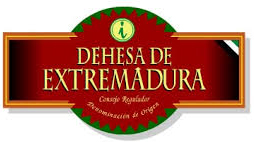
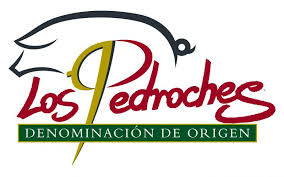
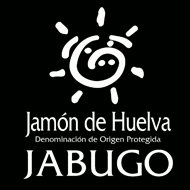
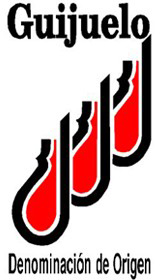
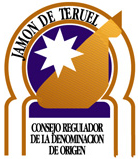
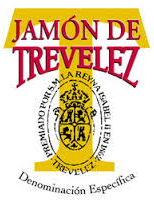
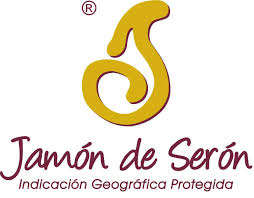
.png)